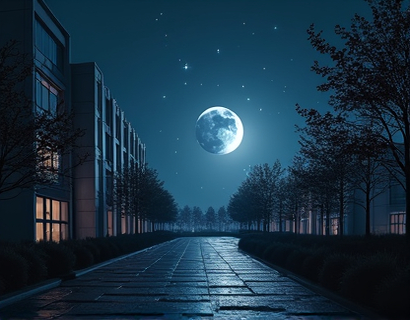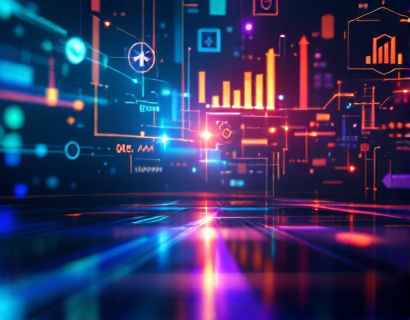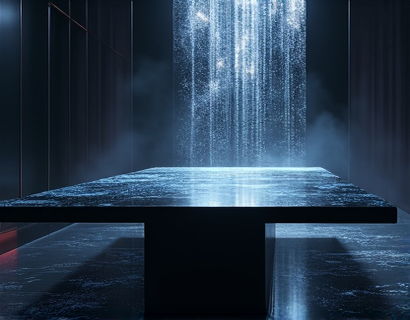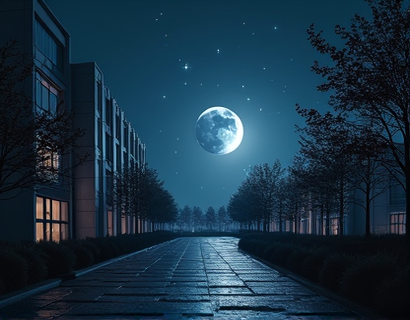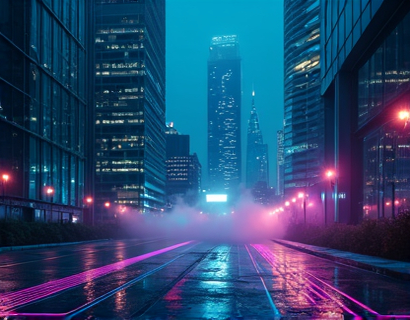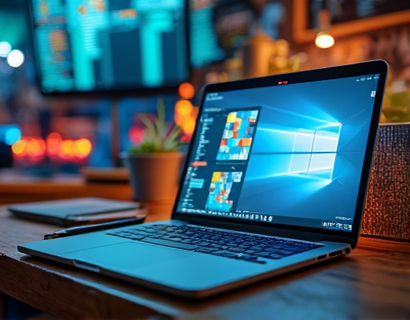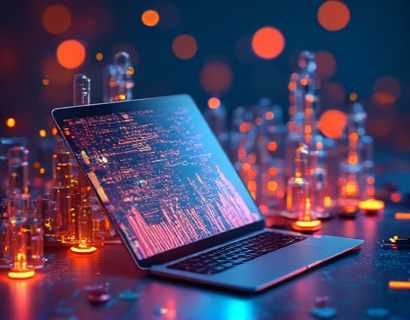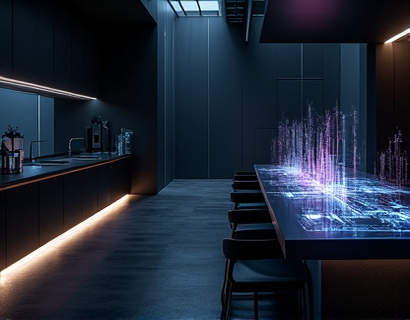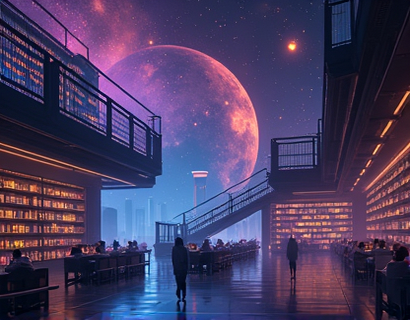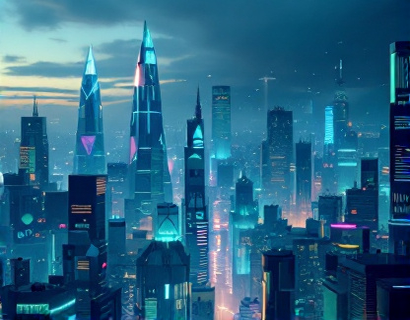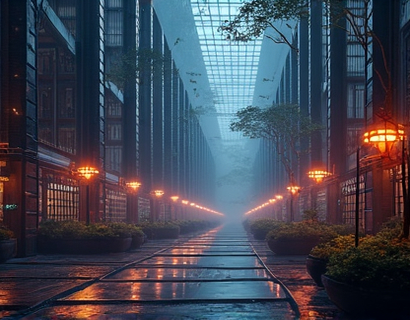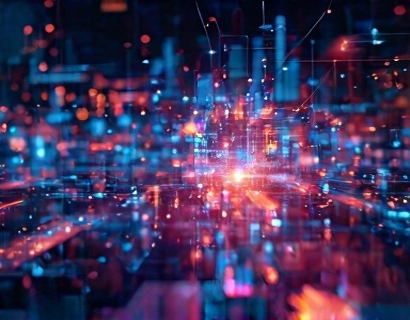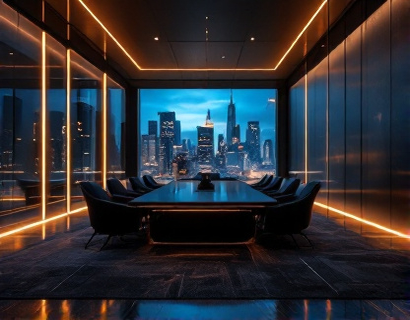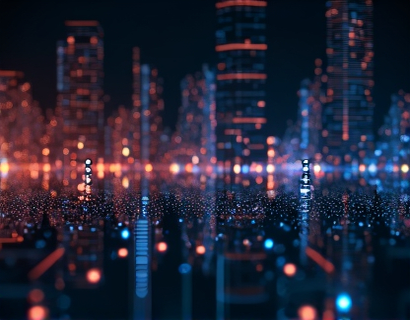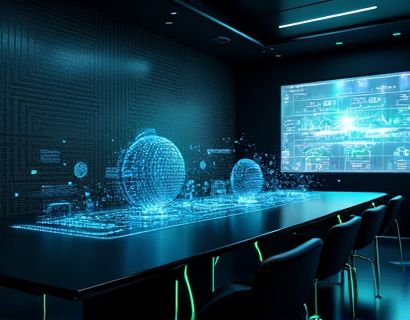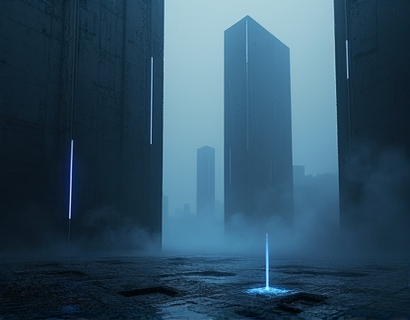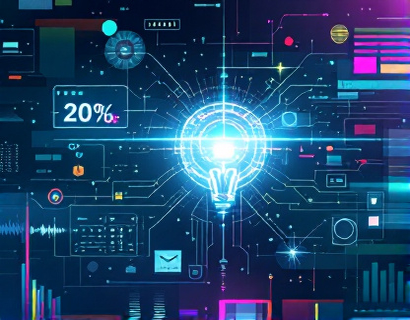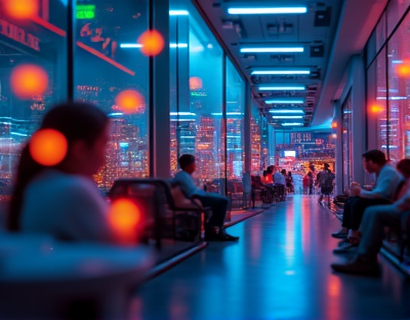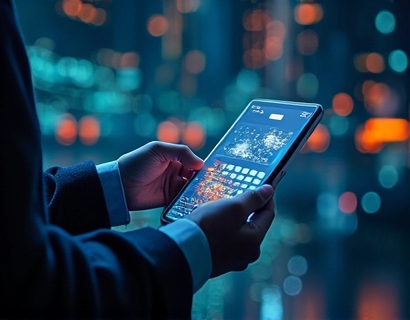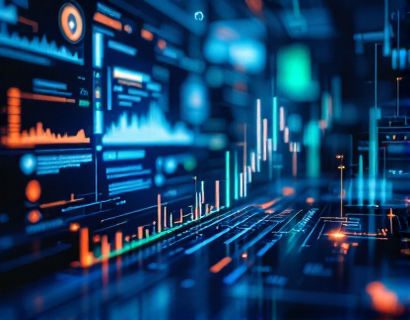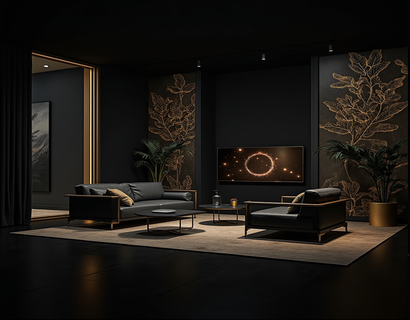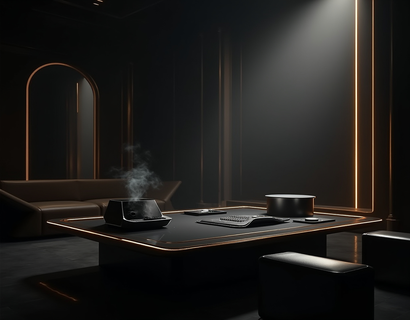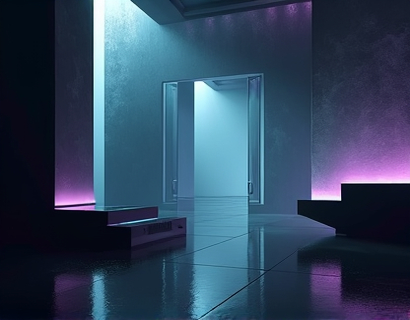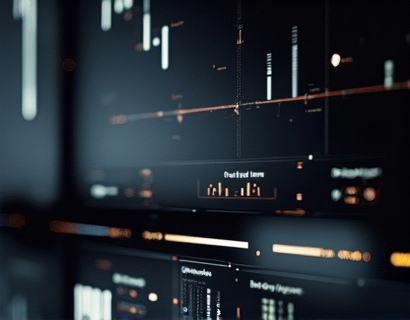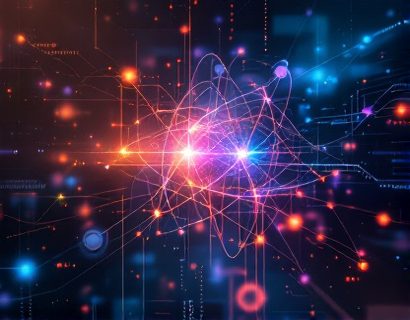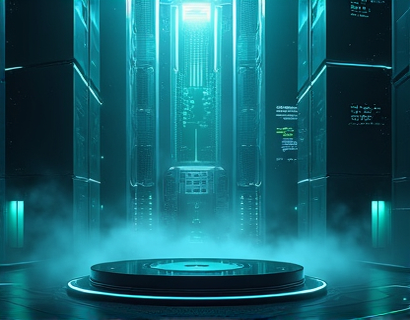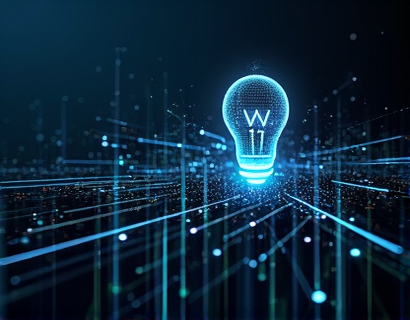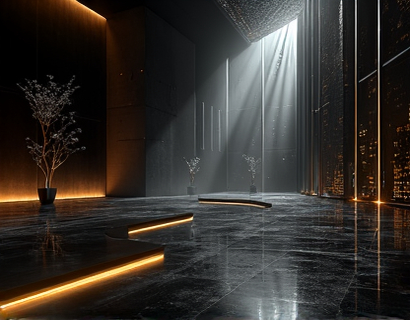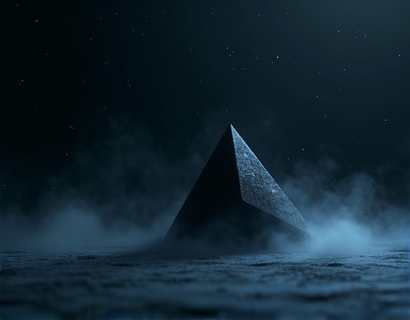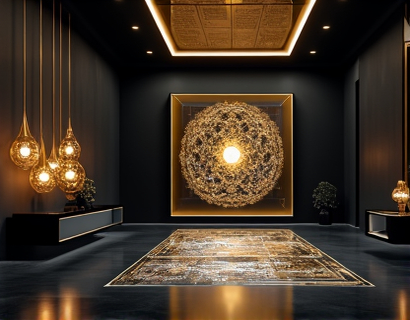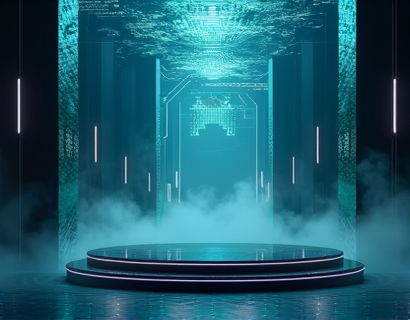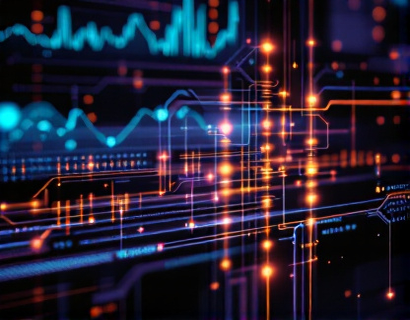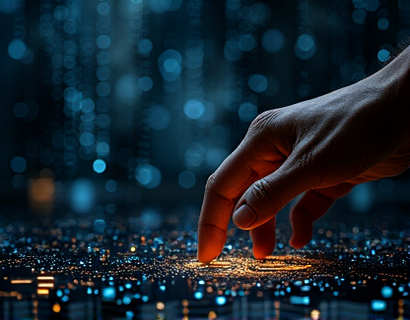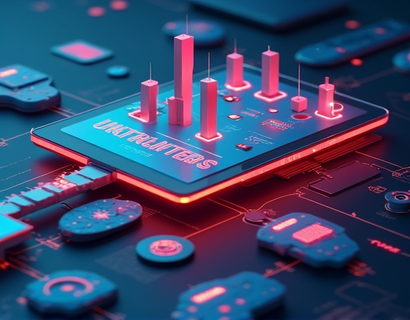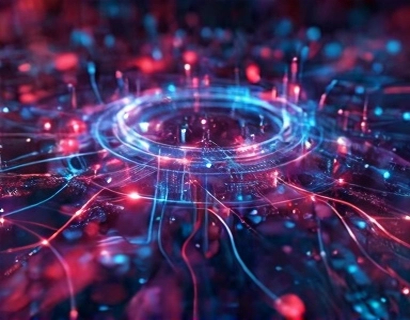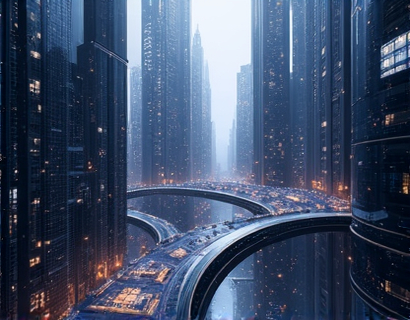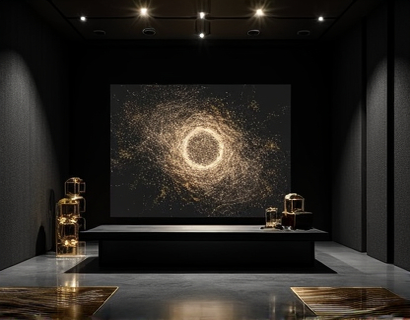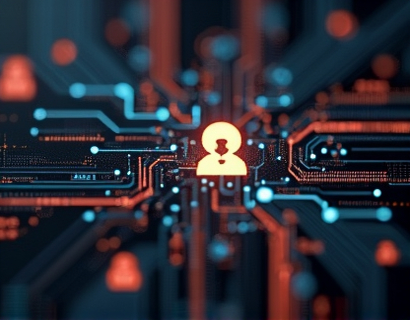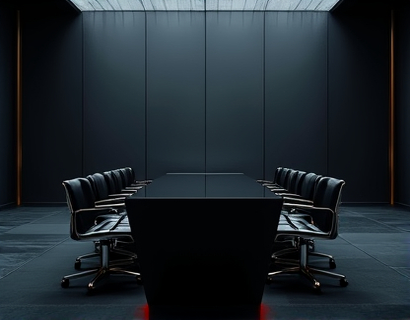Unlocking Creativity: Mastering Advanced Digital Creature Design
In the realm of digital art and design, the ability to create and customize unique creatures has become an essential skill for artists, game developers, and digital enthusiasts. The integration of advanced technology with comprehensive asset libraries has revolutionized the way creatives approach this task. This article delves into the intricacies of mastering digital creature design, focusing on the tools and platforms that empower users to transform their imaginative ideas into captivating realities.
The journey begins with understanding the core components of digital creature design. At its essence, creating a digital creature involves a blend of artistry, technical skill, and creativity. The process starts with conceptualization, where the designer envisions the creature's appearance, behavior, and role within a larger narrative or environment. This initial step is crucial as it sets the foundation for the entire design process.
One of the key challenges in digital creature design is the creation of diverse and detailed assets. Traditional methods often involve manually crafting each element, a time-consuming and labor-intensive process. However, with the advent of advanced digital tools and extensive asset libraries, designers can now access a wealth of pre-made components that can be customized and combined to create unique creatures. These asset libraries encompass a wide range of elements, including 3D models, textures, animations, and effects, providing a solid foundation for creative exploration.
The integration of advanced technology in digital creature design has introduced several innovative features. One such feature is procedural generation, which allows for the automatic creation of complex and varied assets based on predefined rules. This technique not only saves time but also ensures consistency and quality in the final product. Procedural generation can be applied to various aspects of creature design, from the topology of 3D models to the patterns on textures, enabling designers to focus more on the creative aspects rather than the repetitive tasks.
Another significant advancement is the use of machine learning and artificial intelligence in the design process. AI algorithms can analyze existing assets and suggest modifications or entirely new designs based on user preferences. This intelligent assistance helps designers overcome creative blocks and explore new design directions they might not have considered otherwise. For instance, an AI tool can analyze a user's sketches and generate multiple variations, each with slight alterations, allowing the designer to choose the most appealing option or combine elements to create something entirely new.
For artists and game developers, the ability to seamlessly integrate these advanced tools into their workflow is paramount. A user-friendly interface is essential, as it ensures that even those with varying levels of technical expertise can navigate the platform with ease. The interface should be intuitive, with clear navigation and well-organized asset categories. This approach not only enhances the user experience but also encourages more creatives to explore and utilize these powerful tools.
One of the most significant advantages of using a comprehensive digital asset library is the vast array of options available for customization. Each asset can be modified in numerous ways, from adjusting proportions and colors to adding detailed textures and animations. This level of customization allows designers to create creatures that are not only visually stunning but also unique and cohesive within their specific projects. The ability to tweak and refine each element ensures that the final creature aligns perfectly with the designer's vision.
Moreover, the collaborative aspect of these platforms cannot be overlooked. Digital creature design is often a collective effort, involving multiple artists, developers, and stakeholders. A robust online platform facilitates collaboration by allowing team members to work on the same project simultaneously, share assets, and provide feedback in real-time. This streamlined workflow enhances productivity and fosters a sense of community among creatives, leading to more innovative and high-quality outcomes.
For digital art enthusiasts and hobbyists, these platforms offer an unparalleled opportunity to explore and expand their creative horizons. The accessibility of advanced tools and extensive asset libraries means that anyone with a passion for digital art can now create professional-grade creatures without the need for extensive resources or expertise. This democratization of creative tools empowers a new generation of artists to express themselves and contribute to the vibrant digital art community.
Fantasy creators and imaginative designers also benefit greatly from these platforms. The ability to design creatures that exist solely in the realm of fantasy allows for the exploration of new worlds and narratives. Whether it's creating mythical beings for a fantasy novel, designing creatures for a role-playing game, or developing unique characters for a digital story, the tools and assets available provide the necessary means to bring these imaginative concepts to life.
Technologically savvy individuals and digital content creators can leverage these platforms to produce high-quality content for various media. From creating digital pets for mobile apps to designing characters for virtual reality experiences, the possibilities are endless. The integration of advanced features such as real-time rendering and interactive elements further enhances the potential for immersive and engaging content.
To fully harness the potential of these digital creature design tools, it is essential to understand the underlying principles of 3D modeling, texturing, and animation. While the platforms provide powerful features, a solid foundation in these areas will enable designers to make the most of the available tools. Online tutorials, courses, and community forums can serve as valuable resources for learning and improving skills.
In addition to the technical aspects, the creative process itself is a journey of discovery and experimentation. Designers should be encouraged to explore different styles, techniques, and combinations of assets to develop their unique artistic voice. The freedom to experiment and iterate is crucial for growth and innovation in digital creature design.
The community aspect of these platforms should not be underestimated. Engaging with other creatives, sharing work, and receiving feedback can provide valuable insights and inspiration. Participating in challenges, collaborations, and exhibitions can further enhance the creative experience, pushing boundaries and fostering a sense of belonging within the digital art community.
In conclusion, mastering advanced digital creature design with the aid of comprehensive asset libraries and cutting-edge tools opens up a world of creative possibilities. Whether you are a seasoned professional or a budding artist, these platforms offer the resources and support needed to transform your imaginative ideas into captivating digital creatures. Embrace the tools at your disposal, explore the vast array of assets, and join a community of innovators dedicated to pushing the boundaries of digital art and design.



